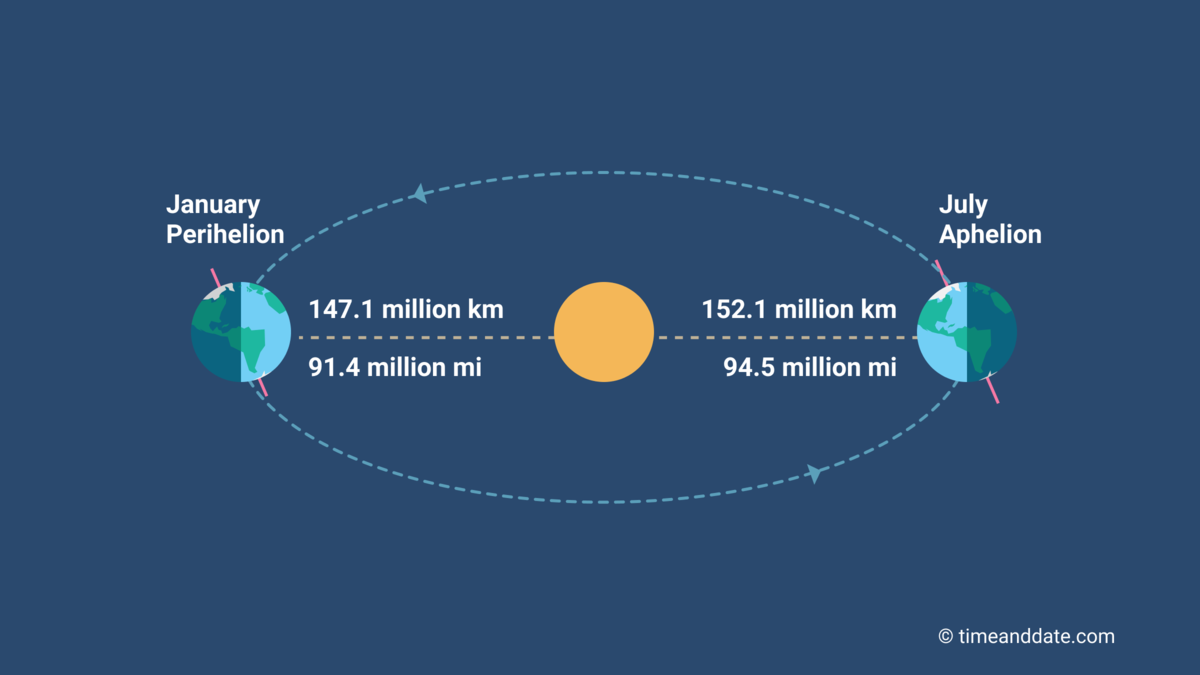What is another name for Kepler's First Law?
Law of Orbits
What is another name for Kepler's Second Law?
Law of Areas
What is another name for Kepler's Third Law?
Law of Periods
What would happen if you shot a cannon at the top of a hill?
The ball would follow the Earth's curvature before falling down.
What does (r) symbolize in Newton's Law of Universal Gravitation?
Distance between centers of mass.
What is the shape of the planet's orbit according to Kepler's First Law?
Ellipse
When does a planet move the fastest in its orbit?
The perihelion

What happens to the orbital speed of the planets as their average distance from the sun increases?
The outer planets travel much slower than inner planets.
What would happen if you were to shoot a cannon in space?
Whose observations did Kepler use to make his three laws?
Tycho Brahe

Which planet has the least eccentric orbit?
Venus
When does a planet move the slowest in its orbit?
The aphelion
What does this symbol mean:

Proportion
FILL IN THE BLANK: When the mass of an object ... the force of gravity acting on that object ...
increases, increases or decreases, decrease
Which planet did Brahe task Kepler of understanding its orbit?
Mars
State Kepler's First Law
The orbit of each planet around the sun is an ellipse with the sun at one focus.
TRUE or FALSE: Planets move equal distances in equal time periods.
FALSE
State Kepler's Third Law Equation
State Newton's Law of Universal Gravitation
All objects in the universe pull on each other with a force determined by the mass of the objects and their distance apart.
Who was the first person to point out that heavy and light objects fall toward the earth at the same rate?
Galileo Galilei

What is Mercury's eccentricity?

0.206
State Kepler's Second Law
The imaginary line joining a planet and the sun sweeps equal areas of space during equal time intervals as the planet orbits.
State Kepler's Third Law
The time it takes for a planet to orbit the sun is proportional to its average distance from the sun.
What is the formula for Newton's Law of Universal Gravitation?
BONUS: There is sometimes a negative sign before the G in this law. Think why?
Bonus Ans: The gravitational force is always attracting, which means that objects are drawn toward one another, as shown by the minus sign that is occasionally placed before G.
How many Earth days does it take for Mercury to complete its orbit?
88